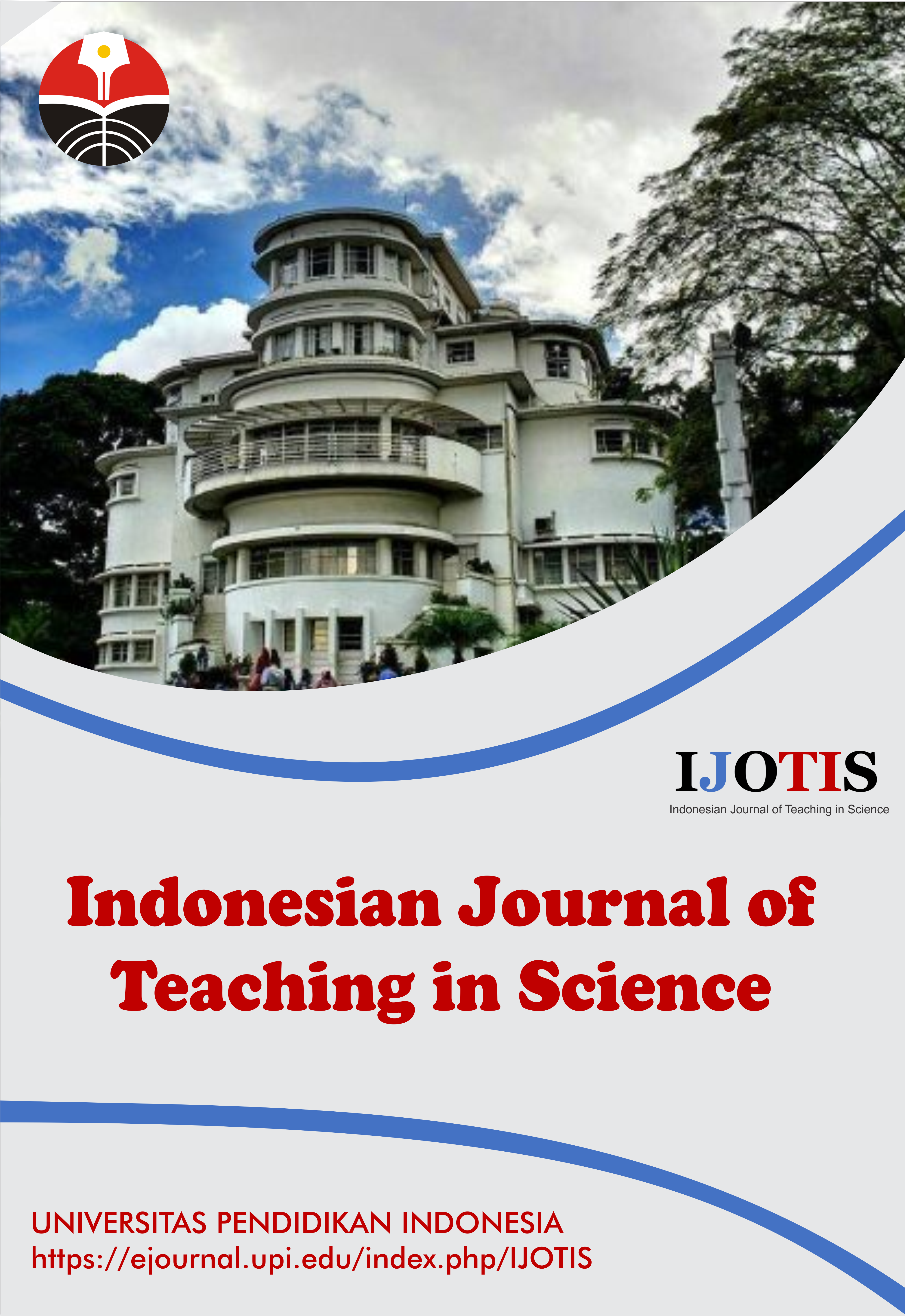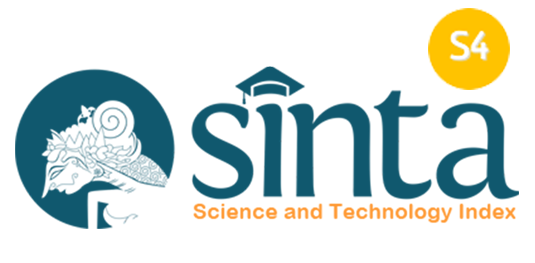How to Create Augmented Reality (AR) Applications Using Unity and Vuforia Engine to Teach Basic Algorithm Concepts: Step-by-Step Procedure and Bibliometric Analysis
Abstract
Keywords
Full Text:
PDFReferences
Arena, F., Collotta, M., Pau, G., and Termine, F. (2022). An overview of augmented reality. Computers, 11(2), 28.
Bacca, J., Baldiris, S., Fabregat, R., and Kinshuk. (2018). Insights into the factors influencing student motivation in augmented reality learning experiences in vocational education and training. Frontiers in Psychology, 9, 1486.
Budiman, R. (2016). Developing learning media based on augmented reality (AR) to improve learning motivation. Journal of Education, Teaching and Learning, 1(2), 89-94.
del Cerro Velázquez, F., and Morales Méndez, G. (2021). Application in augmented reality for learning mathematical functions: A study for the development of spatial intelligence in secondary education students. Mathematics, 9(4), 369.
Fakhrudın, A., Yamtınah, S., and Rıyadı, R. (2017). Implementation of augmented reality technology in natural sciences learning of elementary school to optimize the students’learning result. International Online Journal of Primary Education, 6(2), 30-38.
Fitria, T. N. (2023). Augmented reality (AR) and virtual reality (VR) technology in education: Media of teaching and learning: A review. International Journal of Computer and Information System (IJCIS), 4(1), 14-25.
Hadi, H., and Zahrani, D. (2024). Peningkatan Hasil Belajar Geometri Dan Aritmatika Sosial Siswa Kelas V Menggunakan Media Augmented Reality. Renjana Pendidikan Dasar, 4(2), 135-141.
Hafizah, N. (2023). Media Pembelajaran Digital Generasi Alpha Era Society 5.0 Pada Kurikulum Merdeka. Al-Madrasah: Jurnal Ilmiah Pendidikan Madrasah Ibtidaiyah, 7(4), 1675-1688.
Hidayat, H., Sukmawarti, S., and Suwanto, S. (2021). The application of augmented reality in elementary school education. Research, Society and Development, 10(3), e14910312823-e14910312823.
Kuswinardi, J. W., Rachman, A., Taswin, M. Z., Pitra, D. H., and Oktiawati, U. Y. (2023). Efektivitas pemanfaatan aplikasi augmented reality (AR) dalam pembelajaran di SMA: Sebuah Tinjauan Sistematis. Jurnal Review Pendidikan Dan Pengajaran (JRPP), 6(3), 556-563.
Lin, P. H., and Chen, S. Y. (2020). Design and evaluation of a deep learning recommendation based augmented reality system for teaching programming and computational thinking. IEEE Access, 8, 45689-45699.
Nikimaleki, M., and Rahimi, M. (2022). Effects of a collaborative AR‐enhanced learning environment on learning gains and technology implementation beliefs: Evidence from a graduate teacher training course. Journal of Computer Assisted Learning, 38(3), 758-769.
Saputra, A. R., and Lorena, A. W. (2021). Implementasi teknologi augmented reality dalam pengajaran bahasa asing: studi eksperimental. PUSTAKA: Jurnal Bahasa dan Pendidikan, 1(1), 35-39.
Syahril, A., Irmani, I., Koto, M. K., Jalil, L. A., Sinaga, M. H. S., and Kurnia, D. (2023). Meningkatkan kualitas pendidikan melalui platform beasiswa scholar solve berbasis AR dan VR dalam mendukung SDGs poin ke 4. Cendikia: Jurnal Pendidikan dan Pengajaran, 1(1), 161-169.
Wu, H. K., Lee, S. W. Y., Chang, H. Y., and Liang, J. C. (2013). Current status, opportunities and challenges of augmented reality in education. Computers and education, 62, 41-49.
Zonneveld, M., Patomella, A. H., Asaba, E., and Guidetti, S. (2020). The use of information and communication technology in healthcare to improve participation in everyday life: A scoping review. Disability and Rehabilitation, 42(23), 3416-3423.
DOI: https://doi.org/10.17509/ijotis.v4i2.75836
Refbacks
- There are currently no refbacks.
Copyright (c) 2024 Universitas Pendidikan Indonesia

This work is licensed under a Creative Commons Attribution-ShareAlike 4.0 International License.
Indonesian Journal of Teaching in Science (IJoTIS) is published by Universitas Pendidikan Indonesia (UPI)
 Indonesian Journal of Teaching in Science
Indonesian Journal of Teaching in Science



